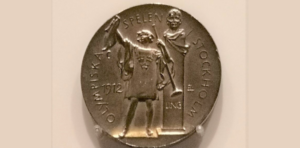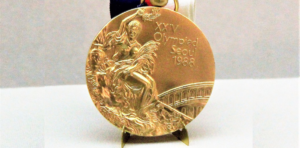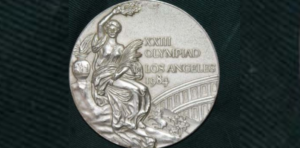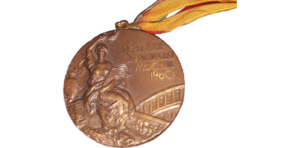How Much Is An Olympic Gold Medal Worth?
Olympic gold medals are no longer made from solid gold, but they do have some value attached to them.
Have you ever stopped to think about the amount of gold that goes into making the Olympic gold medal? At one time, they were made from solid gold and something like that would be extremely valuable.
In 1912, however, the International Olympic Committee decided that it would be the last year that they gave solid gold medals. Since that time, they use silver medals coated in gold.

To break it down in the specific amount of metal being used, there is approximately 550g of pure silver and 6g of gold that was used to create the Olympic gold medals for the Tokyo Olympics.
Saying exactly how much you could get for one of these metals by selling the minerals alone would be difficult because the rates fluctuate often.
If you had to attach a number to it, you would likely make about $800 or perhaps a little more, according to Bustle.

On the other hand, a silver medal, which is essentially the same medal without the gold covering would fetch $462. A bronze medal, which is made out of copper and a little zinc is worth a few dollars.


That doesn’t mean that the value of an Olympic gold medal is set to the price of silver and gold. In many cases, athletes have been able to sell the medals for a lot more.
For example, a member of the US hockey team from 1980, Mark Wells, sold his to a private collector for $311,000 in 2010. One of his teammates, Mark Pavlovich, sold his four years later and came away with a $262,900 payday.

If you win an Olympic gold medal and hold onto it, it may be worth a lot more in the future. A Jesse Owens gold medal from the 1936 Berlin Olympics sold for $1.47 million in 2013. Then again, most Olympic winners are not Jesse Owens.
SKM: below-content placeholderWhizzco for DOT

